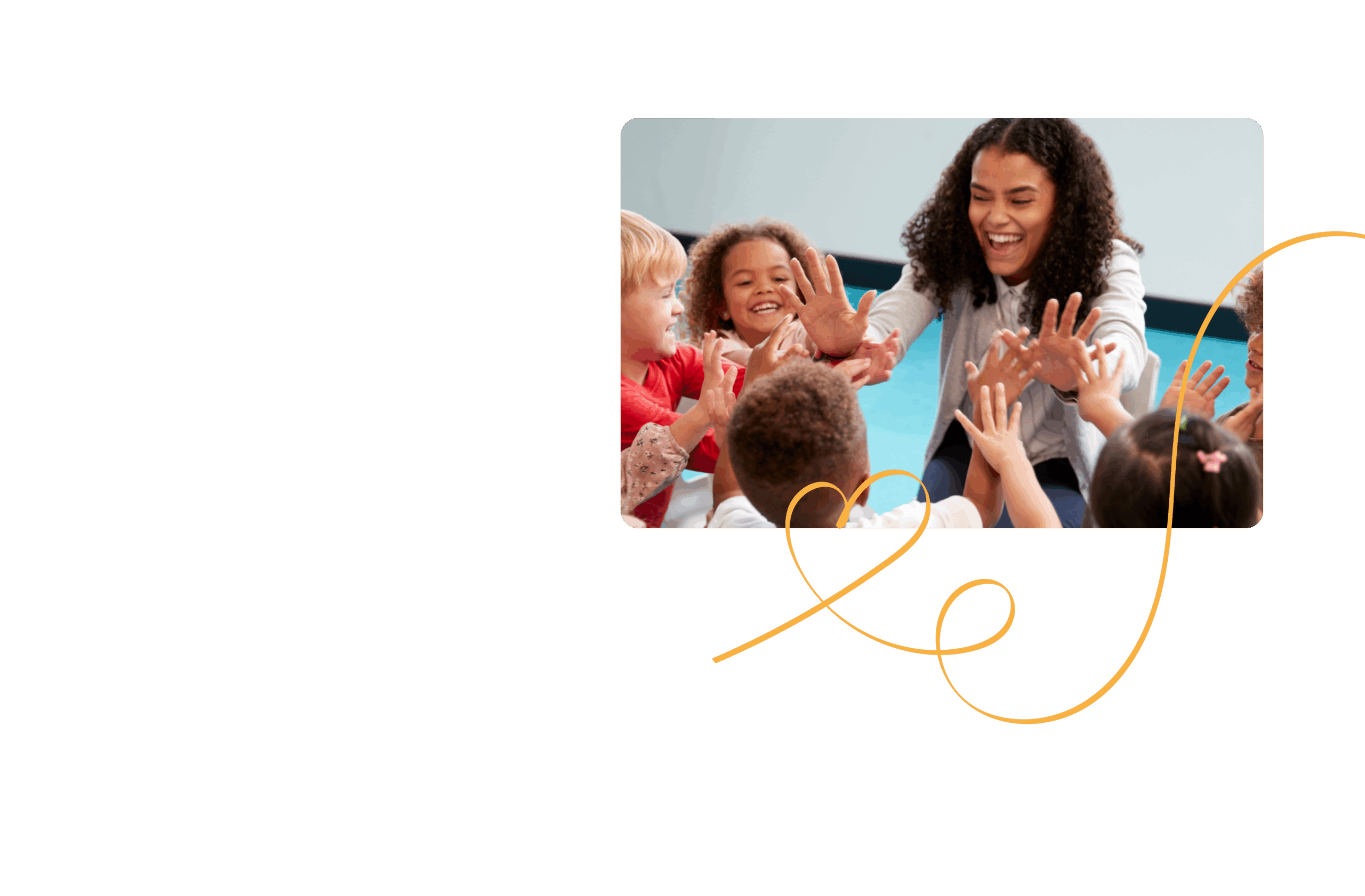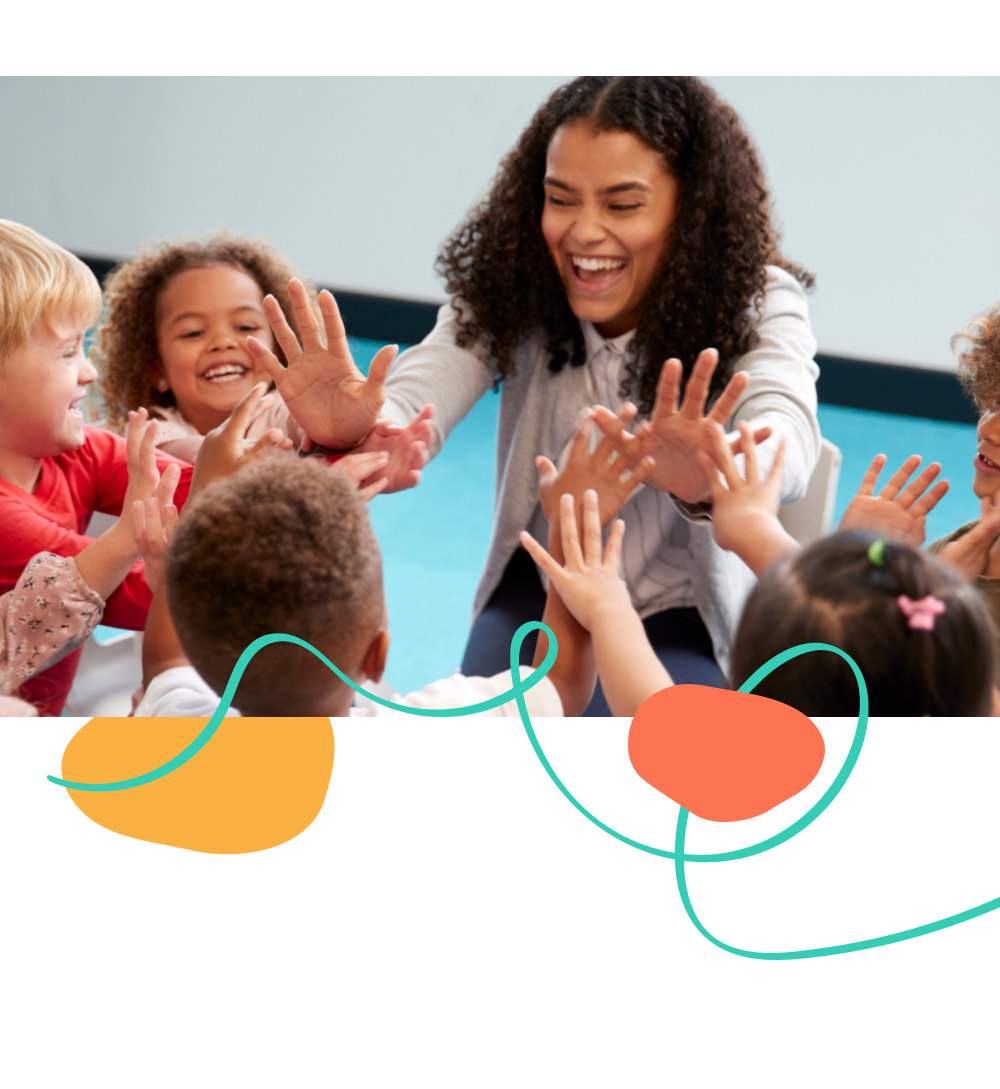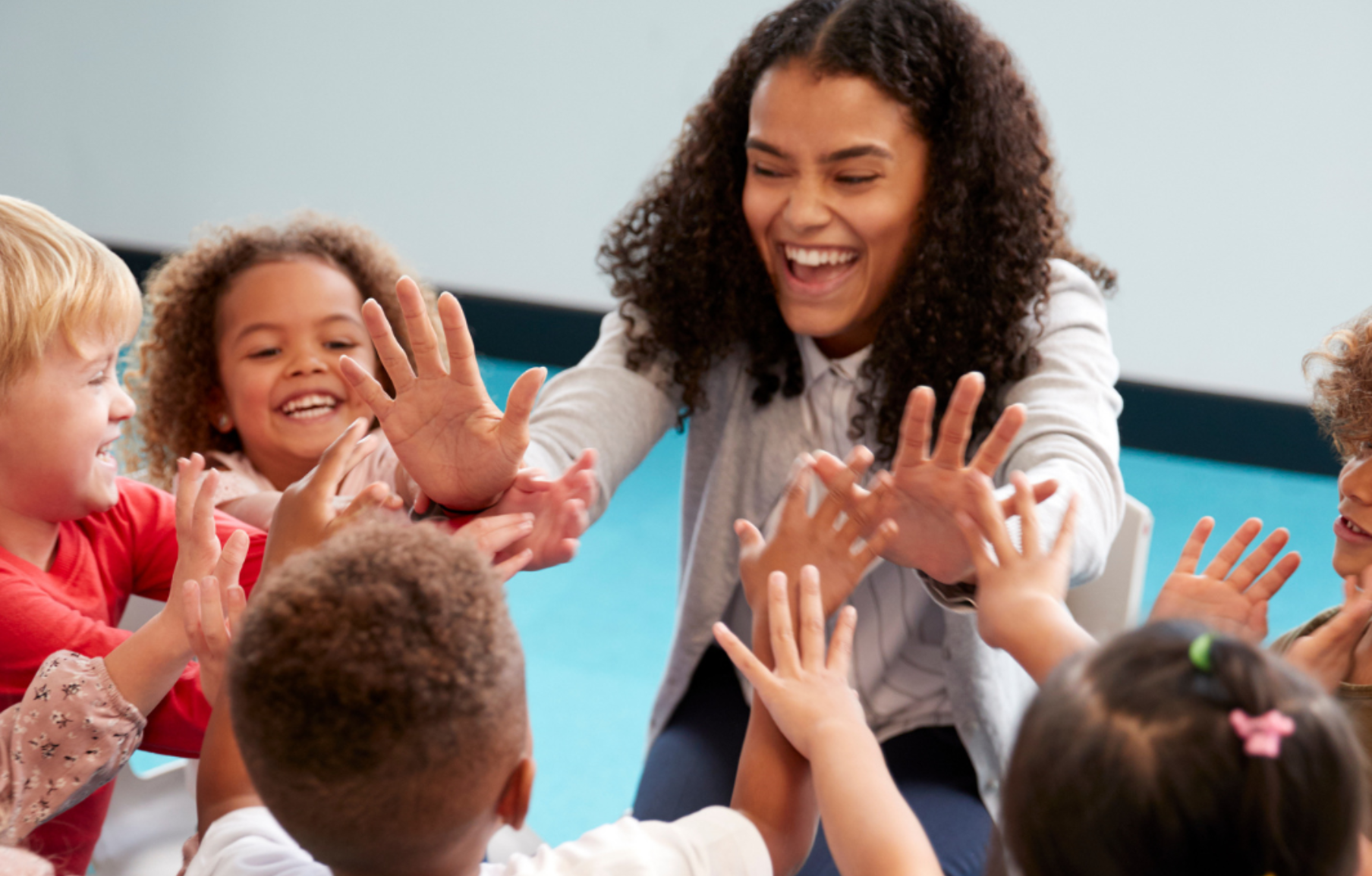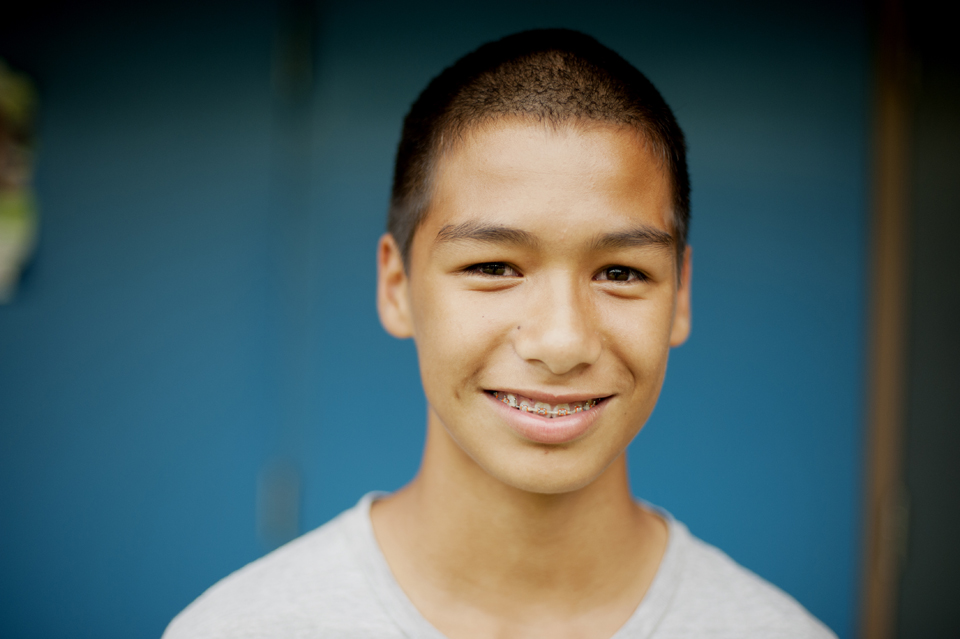A quiet truth is rising in education: the world is changing faster than our school systems were designed for. Teachers are balancing impossible expectations between managing chronic absenteeism, rising mental health challenges, disengagement, and behavior issues on top of an ever-growing workload.
In every age of change, there comes a moment when the systems we’ve built can no longer hold the humanity they were meant to serve. Education has reached that moment.
And yet, educators continue to show up with connection, creativity, and courage in classrooms every day. That is Human Intelligence in action, and it may be the most vital innovation in education’s future.
What Is Human Intelligence and Why It Matters
From ancient wisdom traditions to modern psychology, from indigenous knowledge to contemporary neuroscience, one truth threads through time: human beings are not just rational thinkers or task-completers. We are emotional, social, and creative creatures. When we honor those parts of ourselves and our students, education shifts from instruction to transformation.
Human Intelligence is our capacity to integrate the full spectrum of who we are: to think with depth, feel with clarity, move with awareness, connect with empathy, and create with purpose.
Rather than a single skill or curriculum, Human Intelligence is a lifelong practice of developing our innate human capacities and cultivating the courage to bring them forward in how we live, teach, and lead.
Each of these capacities draws on distinct yet interconnected research from affective neuroscience and somatic psychology to systems thinking and spiritual intelligence. Together, they reveal that learning is not just a cognitive event, but a whole human process.
What makes Human Intelligence distinct is its integration. It connects how we think (cognitive), feel (emotional), move (somatic), relate (social), and create (universal/purposeful). It expands beyond any single field – social-emotional learning, emotional intelligence, mindfulness, or trauma-informed practice – to weave them into one coherent approach for the modern world. Because the complexity we face now as a species requires a new kind of intelligence: not artificial, but human.
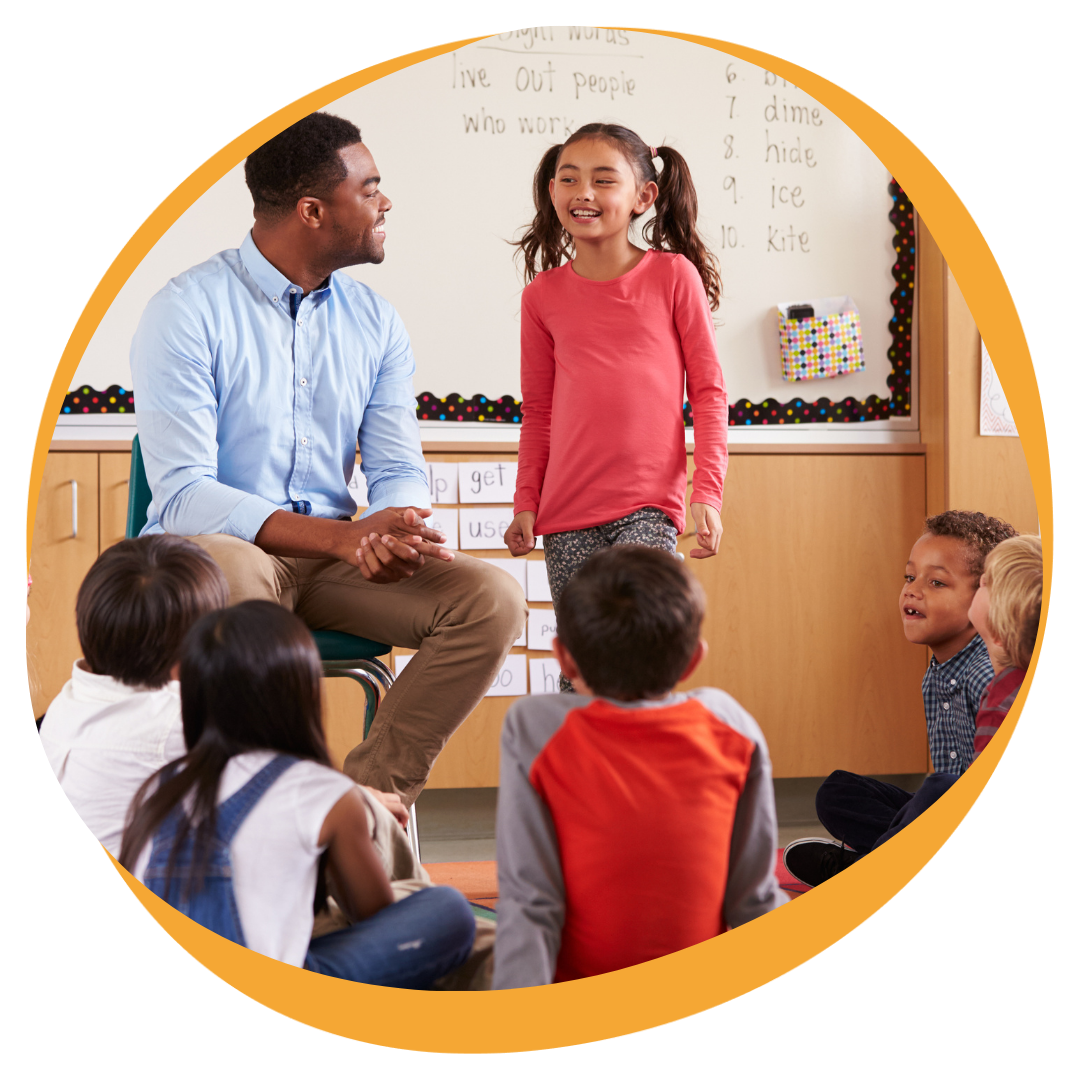
Great educators naturally do this work. You’ve been practicing Human Intelligence all along, even if you didn’t have the words for it.
- Steadying your breath before responding to a student’s outburst.
- Rewriting tomorrow’s lesson to inspire curiosity instead of just checking the boxes.
- Quietly asking a child who seems upset, “Are you okay?” before asking for their homework
These responses are demonstrations of Human Intelligence in motion. They remind us that before we teach content, we teach what it means to be human.
The Evolution of Human Intelligence
Throughout history and across cultures, humans have sought not only to pass on information, but to awaken understanding. Long before schooling became formalized, wisdom traditions around the world taught that true learning is the cultivation of awareness, relationship, and purpose. Education, in its deepest sense, has always been about transformation.
In Ancient Greece, Socrates taught that wisdom begins with self-awareness, Plato used dialogue to awaken understanding, and Aristotle saw learning as the path toward eudaimonia, or human flourishing.
Across Indigenous traditions, knowledge has always been relational, woven through story, ceremony, and connection to land, ancestors, and community. From Native American and First Nations teachings to Aboriginal and Māori worldviews, learning is a shared responsibility for balance and belonging. In Māori, the word ako means both “to teach” and “to learn,” capturing the reciprocity at the heart of wisdom.
Across Eastern philosophies, learning was understood as an inner journey. Buddhist and Taoist teachers guided students toward freedom from suffering through awareness and non-attachment. The Vedic and yogic traditions of India described vidya, or true learning, as illumination: realizing the unity of self and life. Each understood that wisdom is embodied.
The Renaissance revived these ideas in the West, with thinkers like Erasmus and Comenius weaving intellect, art, and spirit together through curiosity and wonder.

Centuries later, the Progressive Era carried that lineage forward. John Dewey and Maria Montessori turned classrooms into laboratories of experience, while Paulo Freire and bell hooks reimagined education as liberation and love in action. In postwar Italy, Loris Malaguzzi’s Reggio Emilia approach celebrated children as naturally curious, creative, and capable with a “hundred languages of childhood.”
As the sciences of mind and learning matured, psychologists and educators began to map what earlier traditions had intuited. Jean Piaget and Lev Vygotsky illuminated how thought develops through discovery and relationship. Abraham Maslow and Carl Rogers reframed learning as the process of becoming one’s authentic self. Howard Gardner expanded the very notion of intelligence, and Daniel Goleman revealed emotional intelligence and social intelligence as teachable capacities.
Today, neuroscience unites these threads. Researchers such as Mary Helen Immordino-Yang, Daniel Siegel, Eric Jensen, and Lisa Feldman Barrett confirm that emotion and cognition are inseparable, safety and connection regulate the brain for learning, and purpose fuels motivation and resilience.
Across centuries, the essence of Human Intelligence has resurfaced again and again because it is how we are wired to learn. But for the first time in history, we can understand it more fully, name it clearly, and intentionally cultivate it to co-create the future of education and humanity.
The Five Layers of Human Intelligence
Human Intelligence unfolds across five interconnected capacities we cultivate across a lifetime. Together, they form a map of what it means to teach, learn, and thrive as human beings. These five layers form a living framework educators can return to daily and encompass practices that bring learning, teaching, and leading back to wholeness.
| Layer | Core Capacity | Examples In Action |
| Emotional Intelligence | The capacity to recognize, understand, and utilize emotions. | A teacher helps a class name feelings before tackling fractions. |
| Social Intelligence | The capacity to relate and belong; to cultivate trust, empathy, and community. | A morning circle builds relationships and shared norms. |
| Somatic Intelligence | The capacity to sense and regulate the body and nervous system for resilience and vitality. | Standing to stretch or breathe before a test. |
| Cognitive Intelligence | The capacity to think, reflect, reason, and innovate, collaborating with both people and technology. | Students analyze how they learned, not just what they learned. |
| Universal Intelligence | The capacity to live with purpose and alignment; to feel connected and act with integrity and imagination. | A project that links personal purpose to community impact. |
When these layers work together, education returns to its original purpose of unlocking human potential.
Why Human Intelligence Matters Now
The challenges we face today cut to the core of our existence.
We’re teaching within systems built for the industrial age while living through emotional, technological, and ecological upheaval. For more than a century, our schools have mirrored the factories they were born from: standardized, linear, and optimized for efficiency over aliveness. We trained students to recall and reproduce, valuing what could be measured over what matters. We elevated cognitive intelligence while neglecting the emotional, somatic, and social capacities that make learning meaningful.
But the challenges of today cannot be solved by intellect alone. Students are overwhelmed. Teachers are burning out. And while AI can process information faster than any human, it cannot feel, connect, or care.
In this landscape, Human Intelligence offers a vital framework for thriving in a complex, rapidly changing world. Research continues to affirm this truth:
- Emotional regulation enhances executive function and learning (Heck et al., 2024, Child Development)
- Co-regulation between teacher and student stabilizes behavior and strengthens relationships (National Equity Project, 2024)
- Purpose and belonging fuel motivation and resilience (Takahashi et al., 2025, Asian Journal of Education and Social Psychology; Portnow et al., 2024, Behavioral Sciences)
In practice, Human Intelligence shows up in everyday moments such as a teacher choosing presence over perfection, connection before correction, or purpose as pedagogy. Each choice turns a classroom into a place of safety, meaning, and growth.
When educators cultivate Human Intelligence within themselves, it ripples outward into classrooms, schools, and communities. This is how transformation happens: from the inside out.

The Future Starts in Our Classrooms
Human Intelligence doesn’t ask educators to be superhuman. It asks us to be fully human, with structure, awareness, and support.
Technology will keep evolving. But only Human Intelligence gives us direction. It begins the moment we choose to teach from our full potential.
Imagine schools as vibrant centers of learning, joy, and collective well-being where teachers breathe, connect, and live their purpose, and students belong, focus, and realize their unique potential.
This is the world Human Intelligence makes possible. Because the future of education – and of humanity – transforms from within.
Human Intelligence is not a destination, but a discipline, one that develops as we do.
The more we understand, embody, and teach it, the more we co-create what education was always meant to be. If this vision resonates, explore how the Human Intelligence Framework and Certification is helping educators nationwide integrate these capacities into daily teaching and leadership.
